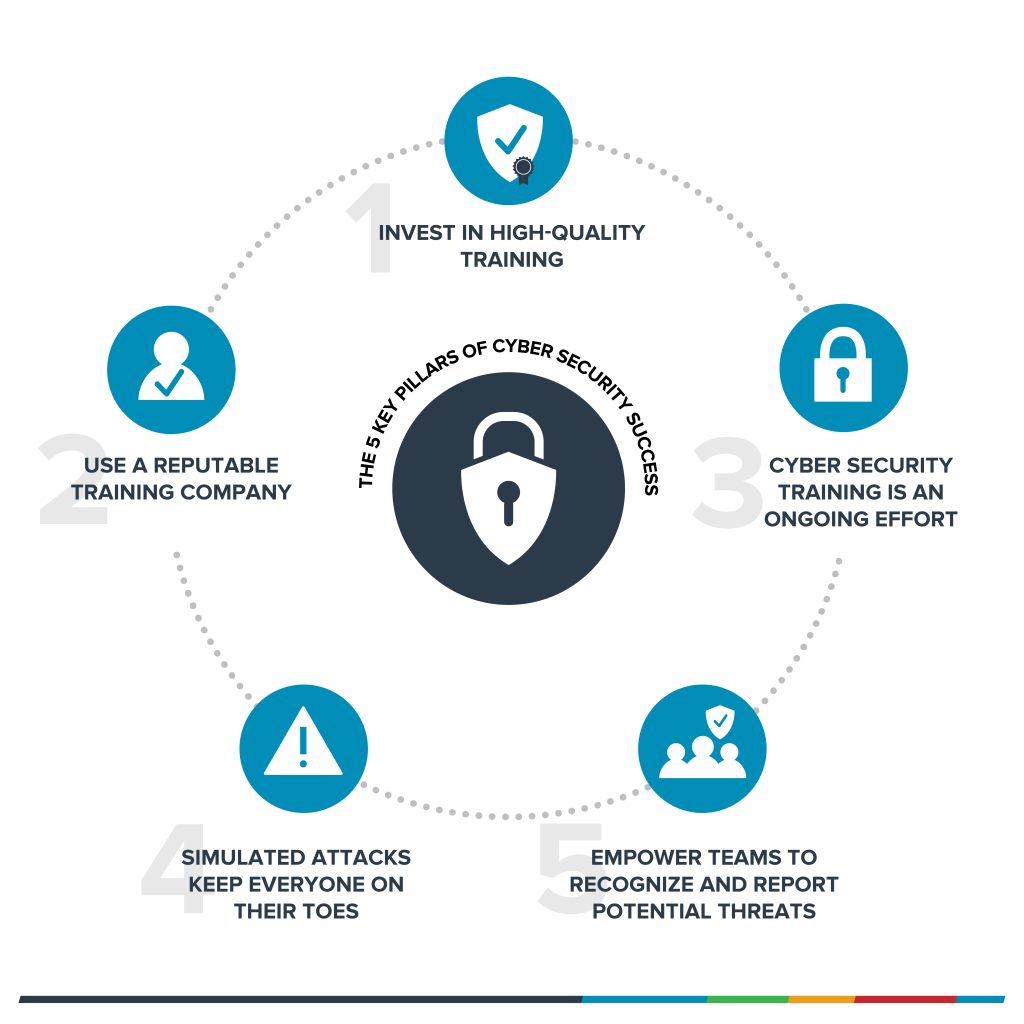“Discover the five fundamental pillars of cyber security that form the backbone of a robust defense strategy. Learn about key concepts like risk management, threat prevention, and data protection to enhance your understanding of essential security practices.”
In today’s digital age, safeguarding sensitive information is more crucial than ever. Understanding the core elements that contribute to a strong security posture can help organizations and individuals protect against cyber threats effectively. This blog post delves into the five fundamental pillars of cyber security, offering insights into each one and how they collectively build a robust defense strategy.
Information Security
Information Security is the cornerstone of cyber security, focusing on protecting data from unauthorized access, alteration, or destruction. This pillar involves implementing measures to ensure confidentiality, integrity, and availability of information. Techniques such as encryption, secure access controls, and regular audits are fundamental practices to safeguard sensitive data.
Example: A company might use encryption to secure its email communications, ensuring that only intended recipients can read the messages.

Network Security
Network Security involves safeguarding the integrity and usability of network and data. It encompasses both hardware and software technologies designed to protect the network from intrusions and attacks. Common practices include the use of firewalls, intrusion detection systems (IDS), and Virtual Private Networks (VPNs).
Statistic: According to a report by Statista, the global network security market size was valued at approximately $20 billion in 2023 and is expected to grow significantly.
Data Protection
Data Protection ensures that personal and sensitive data is securely managed and safeguarded from breaches. This pillar emphasizes the importance of data backup solutions, secure storage, and compliance with data protection regulations such as GDPR or CCPA.
Quote: “Data is a precious thing and will last longer than the systems themselves.” — Tim Berners-Lee
Incident Response
Incident Response is a structured approach to handling and managing security breaches or cyber attacks. This pillar involves preparing for potential incidents, detecting breaches, responding effectively, and recovering from attacks. A well-defined incident response plan helps minimize the impact and restore normal operations swiftly.
Example: A company might have a dedicated incident response team that follows a predefined protocol when a security breach occurs.
Risk Management
Risk Management involves identifying, assessing, and prioritizing risks followed by coordinated efforts to minimize, monitor, and control the impact of these risks. This pillar is crucial for anticipating potential threats and implementing strategies to mitigate them before they become major issues.
Statistic: A study by Deloitte reveals that 61% of organizations are investing in risk management technologies to enhance their overall security posture.

Conclusion
Understanding and implementing the five pillars of cyber security — Information Security, Network Security, Data Protection, Incident Response, and Risk Management — is essential for creating a comprehensive defense strategy against cyber threats. By focusing on these core areas, organizations can build a resilient security framework that safeguards their assets and maintains trust with stakeholders
